- Angola, Uíge
- Bangladesh, Dhaka
- Chile, Iquique
- Egypt, Luxor
- Ethiopia, Addis Ababa
- Ghana, Accra
- Ghana, Tema
- Ghana, Tema Manhean
- Guinee, Fria
- India, Ahmedabad
- India, Chandigarh
- India, Delhi
- India, Indore
- India, Kerala
- India, Mumbai
- India, Navi Mumbai
- Iran, multiple
- Iran, Shushtar
- Iran, Tehran
- Italy, Venice
- Kenya, Nairobi
- Nigeria, Lagos
- Peru, Lima
- Portugal, Evora
- Rwanda, Kigali
- Senegal, Dakar
- Spain, Madrid
- Tanzania, Dar es Salaam
- The Netherlands, Delft
- United Kingdom, London
- United States, New York
- United States, Willingboro
- 2020-2029
- 2010-2019
- 2000-2009
- 1990-1999
- 1980-1989
- 1970-1979
- 1960-1969
- 1950-1959
- 1940-1949
- 1900-1909
- high-rise
- incremental
- low-rise
- mid-rise
- new town
- sites & services
- slum rehab
- Tanushree Aggarwal
- Rafaela Ahsan
- Deepanshu Arneja
- Tom Avermaete
- W,F,R. Ballard
- Ron Barten
- Michele Bassi
- Romy Bijl
- Fabio Buondonno
- Ludovica Cassina
- Daniele Ceragno
- Jia Fang Chang
- Henry S. Churchill
- Bari Cobbina
- Gioele Colombo
- Charles Correa
- Freya Crijn
- Ype Cuperus
- Javier de Alvear Criado
- Jose de la Torre
- Junta Nacional de la Vivienda
- Margot de Man
- Jeffrey Deng
- Kim de Raedt
- H.A. Derbishire
- Pepij Determann
- Kamran Diba
- Jean Dimitrijevic
- Constantinus A. Doxiadis
- Jane Drew
- Jin-Ah Duijghuizen
- Michel Écochard
- Carmen Espegel
- Hassan Fathy
- Federica Fogazzi
- Arianna Fornasiero
- Manon Fougerouse
- Frederick G. Frost
- Maxwell Fry
- Yasmine Garti
- Greater London Council (GLC)
- Anna Grenestedt
- Vanessa Grossman
- Marcus Grosveld
- Gruzen & Partners
- Helen Elizabeth Gyger
- Shirin Hadi
- Francisca Hamilton
- Klaske Havik
- Katrina Hemingway
- Dirk van den Heuvel
- Jeff Hill
- Bas Hoevenaars
- S. Holst
- Maartje Holtslag
- Housing Development Project Office
- Michel Kalt
- Stanisław Klajs
- Stephany Knize
- Bartosz Kobylakiewicz
- Tessa Koenig Gimeno
- Mara Kopp
- Annenies Kraaij
- Aga Kus
- Isabel Lee
- Monica Lelieveld
- Jaime Lerner
- Levitt & Sons
- Lieke Lohmeijer
- Femke Lokhorst
- Fleur A. Luca
- Qiaoyun Lu
- Andrea Migotto
- Harald Mooij
- Julie Moraca
- Nelson Mota
- Dennis Musalim
- Timothy Nelson Stins
- Gabriel Ogbonna
- Federico Ortiz Velásquez
- Sameep Padora
- Santiago Palacio Villa
- Antonio Paoletti
- Caspar Pasveer
- Casper Pasveer
- Andreea Pirvan
- PK Das & Associates
- Daniel Pouradier-Duteil
- Michelle Provoost
- Pierijn van der Putt
- Wido Quist
- Frank Reitsma
- Raj Rewal
- Robert Rigg
- Charlotte Robinson
- Roberto Rocco
- Laura Sacchetti
- Francisco Javier Sáenz de Oiza
- Ramona Scheffer
- Frank Schnater
- Dr. ir. Mohamad Ali Sedighi
- Zhuo-ming Shia
- Manuel Sierra Nava
- Carlos Silvestre Baquero
- Marina Tabassum
- Brook Teklehaimanot Haileselassie
- Anteneh Tesfaye Tola
- Fabio Tossutti
- Paolo Turconi
- Burnett Turner
- Frederique van Andel
- Ties van Benten
- Hubert van der Meel
- Anne van der Meulen
- Anja van der Watt
- Marissa van der Weg
- Jan van de Voort
- Dick van Gameren
- Annemijn van Gurp
- Bas van Lenteren
- Rens van Vliet
- Rohan Varma
- Stefan Verkuijlen
- Pierre Vignal
- Gavin Wallace
- W.E. Wallis
- Michel Weill
- Ella Wildenberg
- V. Wilkins
- Alexander Witkamp
- Krystian Woźniak
- Hatice Yilmaz
- Haobo Zhang
- Gonzalo Zylberman
- Honours Programme
- Master thesis
- MSc level
- student analysis
- student design
- book (chapter)
- conference paper
- dissertation
- exhibition
- interview
- journal article
- lecture
- built
Affordable Dwellings for Growing Cities
Exhibition at the Ethiopian National Theatre Gallery
In emerging economies all over the world, massive urbanization leads to an acute need for affordable housing. The exhibition ‘Global Housing - Affordable Dwellings for Growing Cities’ is focused on architectural and urban planning models implemented to face this challenge worldwide. It explores the tension between the required mass production and solutions tailored to local circumstances. The emphasis is both on the design of the individual dwelling and
the city as a whole. What makes a good, compact dwelling? How can new megacities do justice to the existing social and economic structures, to local production methods and the individual wishes of residents?
During a seminar held in Delft in the summer of 2014, Charles Correa (1930-2015) held an ardent plea for an architecture of affordable housing that starts from space and openness, rather than bulk and density. In his mind, models for large-scale and affordable housing were all too often based on the maximization of numbers, while the
need to make space for an everyday life in which living and working can be combined, and growth and development remains possible, was forgotten. The opposites he articulated highlight the dilemma of affordable housing: despite the often massive economic and spatial pressure in the cities, how can city dwellers that have no or a limited income be protected from having to live in a minimal provision in which there is no room for the creation of businesses and social networks? Cities in the Global South are expanding fast due to rapid population growth and unprecedented immigration from rural areas. At the same time, the demand for affordable housing is also increasingly difficult to meet in the developed West. The major cities in this part of the world are so successful and attractive that housing is likely to become unaffordable. The current influx of immigrants and refugees make the shortage of affordable housing even more
pressing. This exhibition focuses on the issue of affordable housing design as an architectural challenge. It traces the global search for models for large-scale and affordable housing. The plan documentations give an apparently kaleidoscopic and fragmented picture of this development, but on closer inspection, there are a number of continuous lines to be discerned in the ways the issue is dealt with. The projects span 150 years and five continents and show the strong international dimension that the issue, characterized by confrontations between concepts developed elsewhere and specific local conditions, has had for decades. The results of these exchanges have been highly diverse, ranging
from minimal sites-and-services approaches to grand and detailed megastructures. The success of projects has also varied widely. The Victorian Peabody Estates built to replace the London slums remain virtually unchanged 100 years later; other projects disintegrated mere years after their completion, some stand vacant and some are to be demolished. The results of models based on growth and change over time are also as diverse as they are unpredictable.
This exhibition is part of a large, long-term research and educational project of the Department of Architecture of the Faculty of Architecture and The Built Environment at Delft University of Technology in collaboration with the Ethiopian Institute of Architecture, Building Construction and City Development, in which analyses of models and realized projects from the past and the present are connected to an exploration of the possibilities of the future.
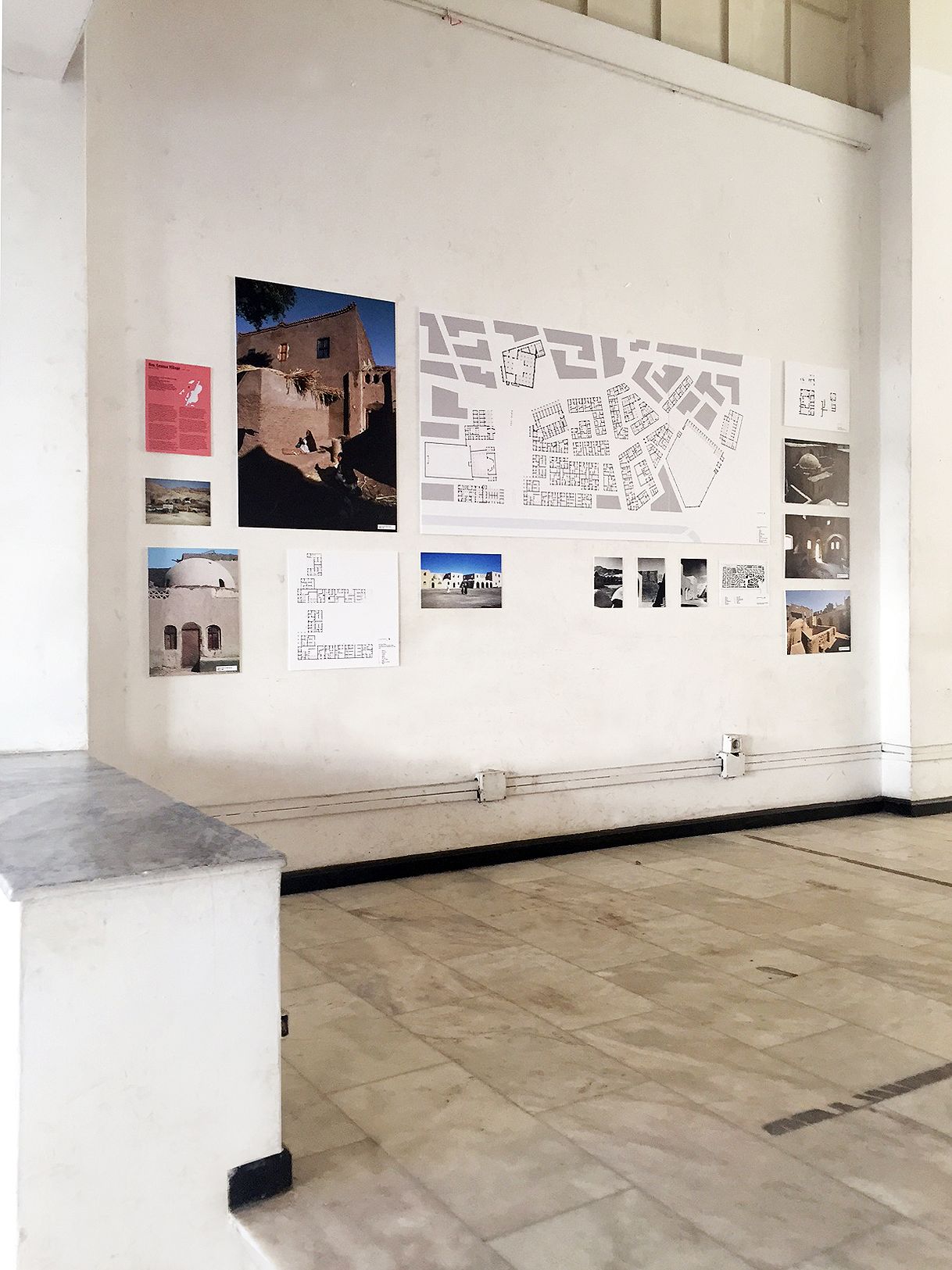
Photo: © Frederique van Andel
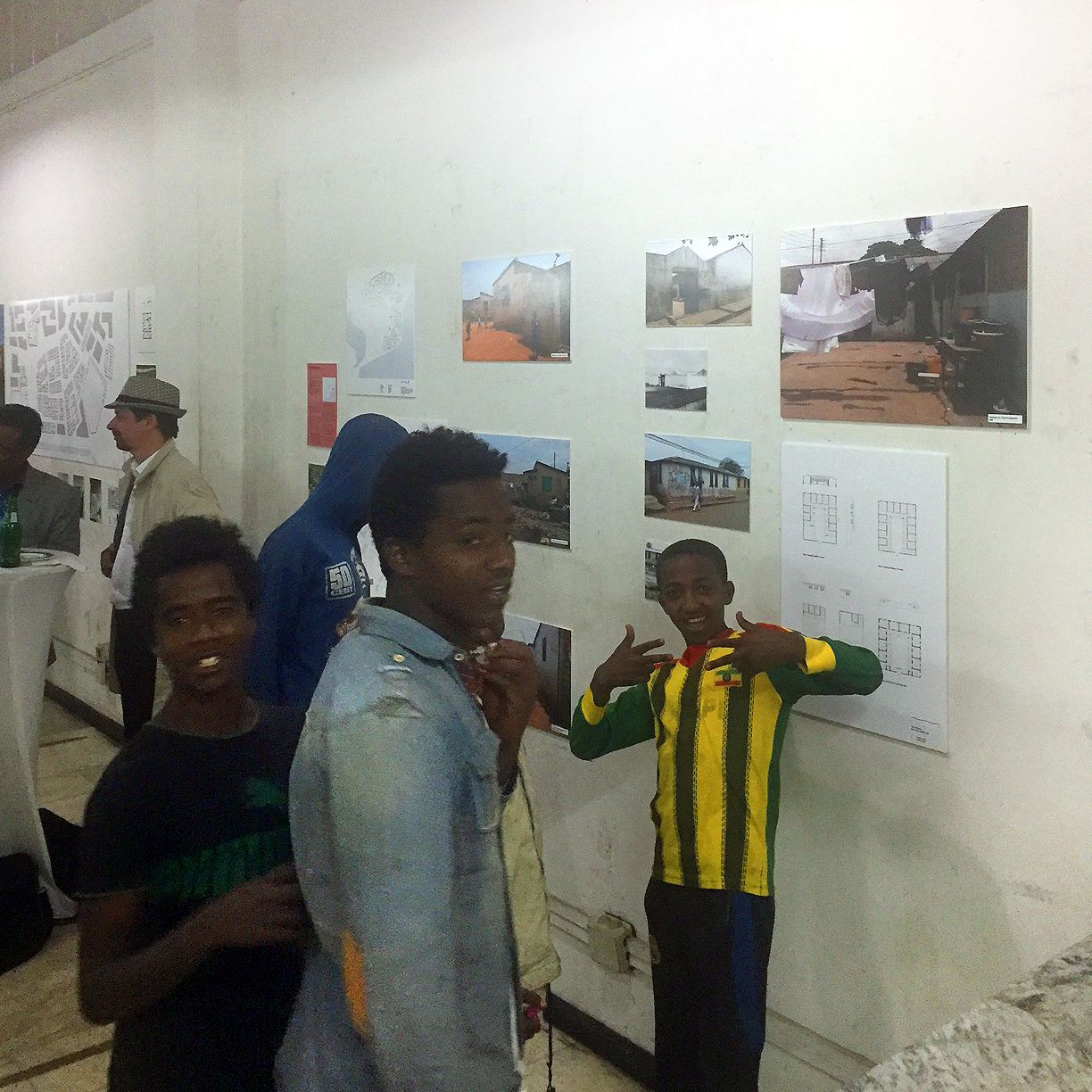
Photo: © Frederique van Andel
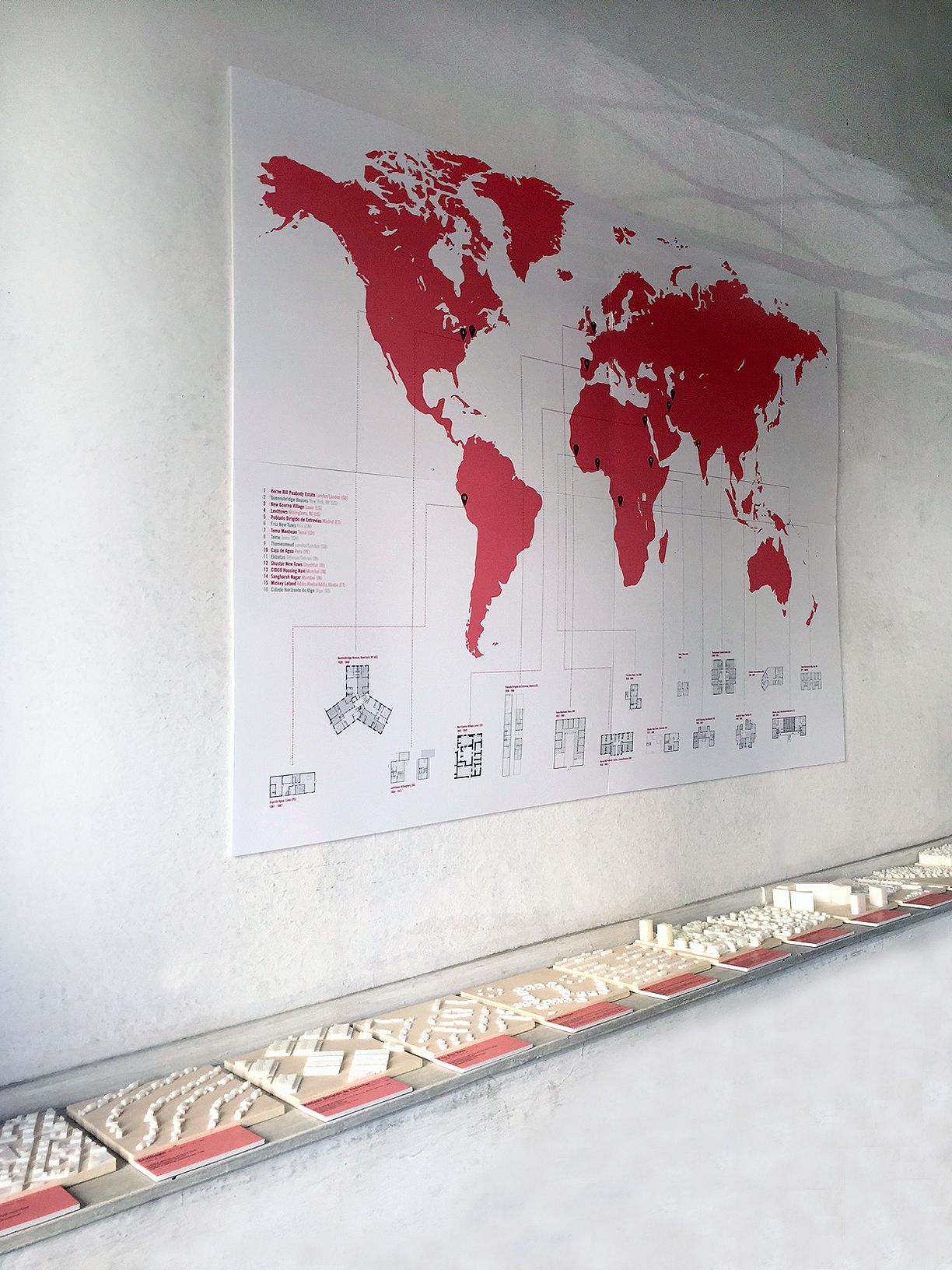
Photo: © Frederique van Andel
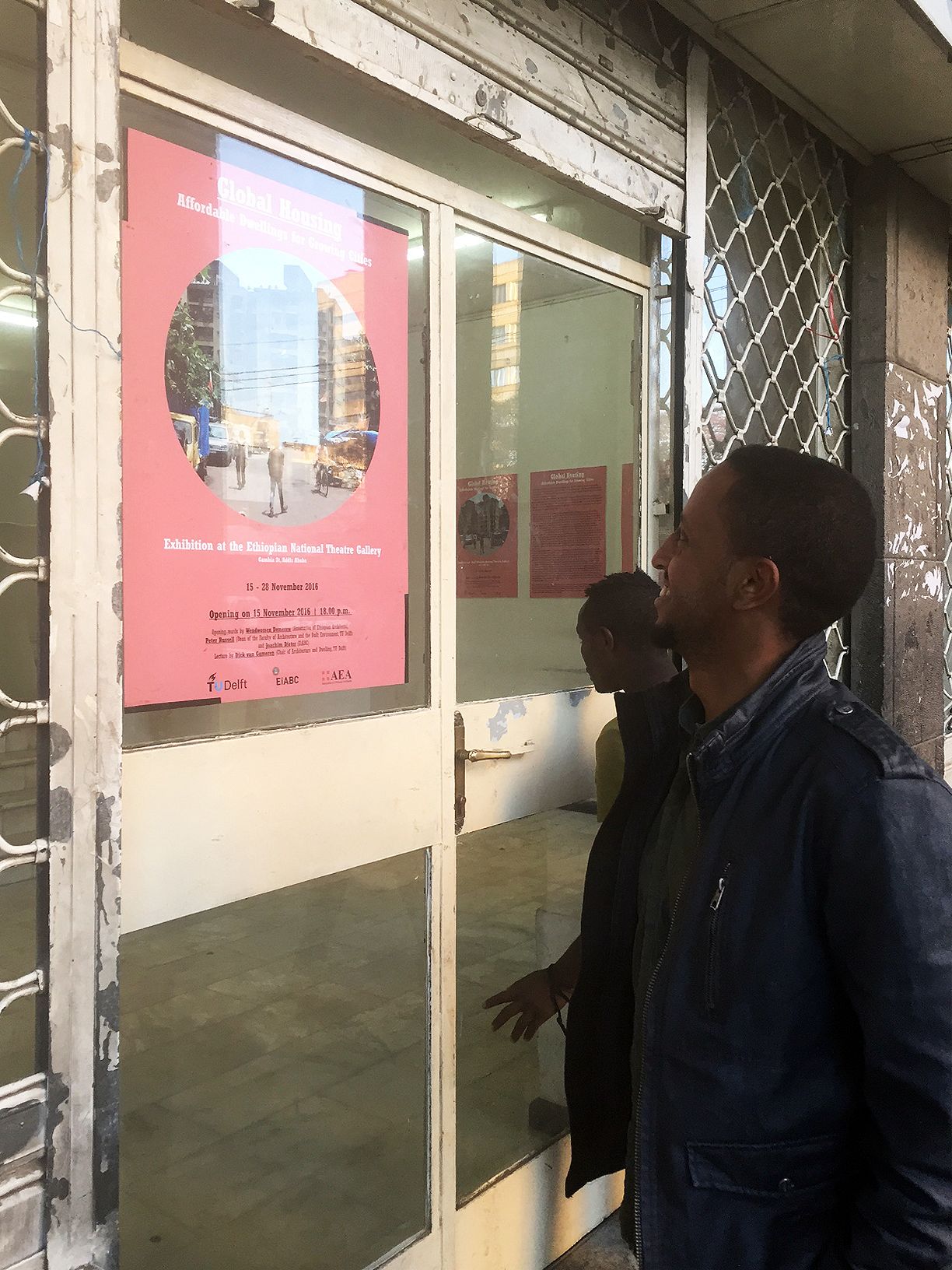
Photo: © Frederique van Andel
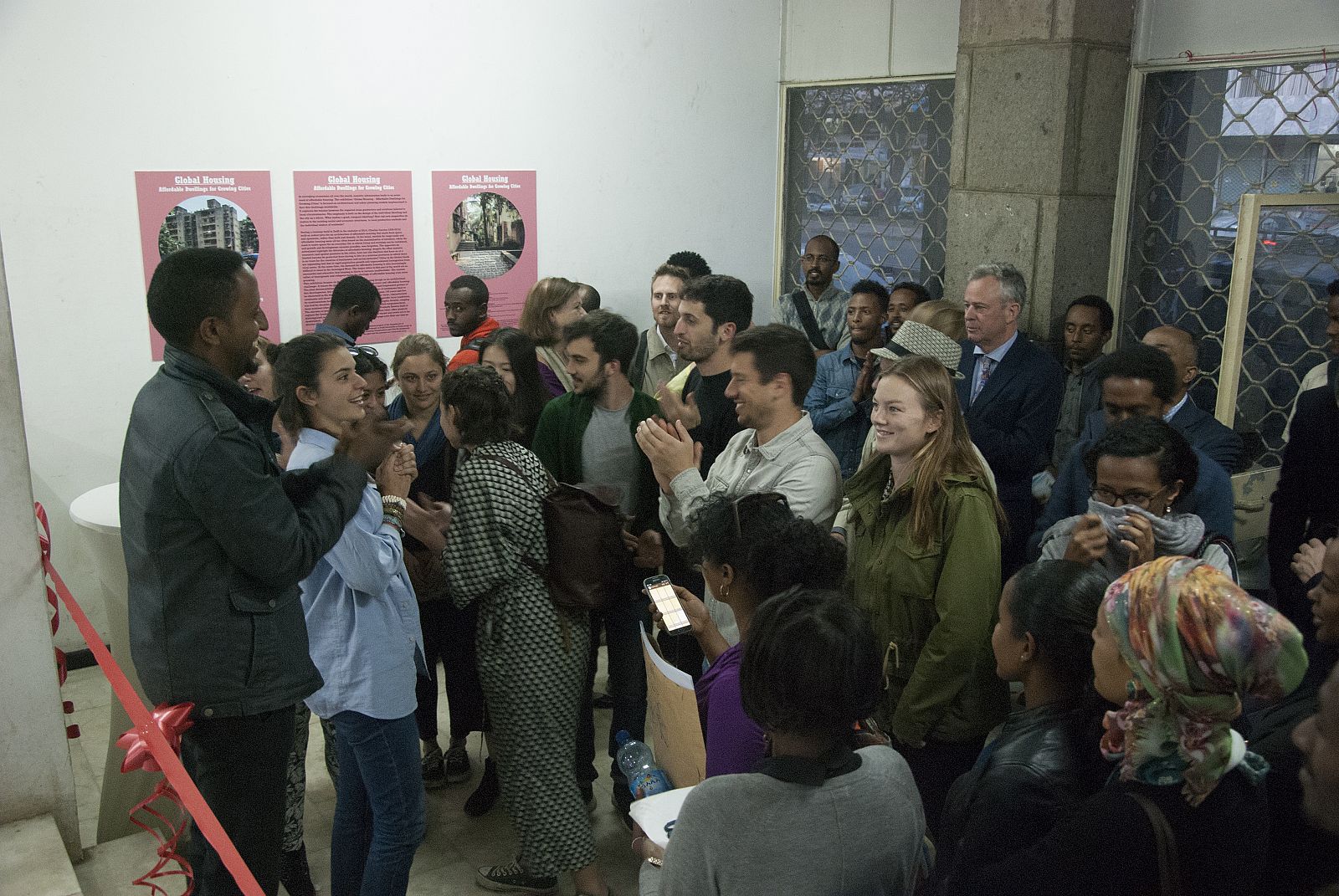
Photo: © Frederique van Andel
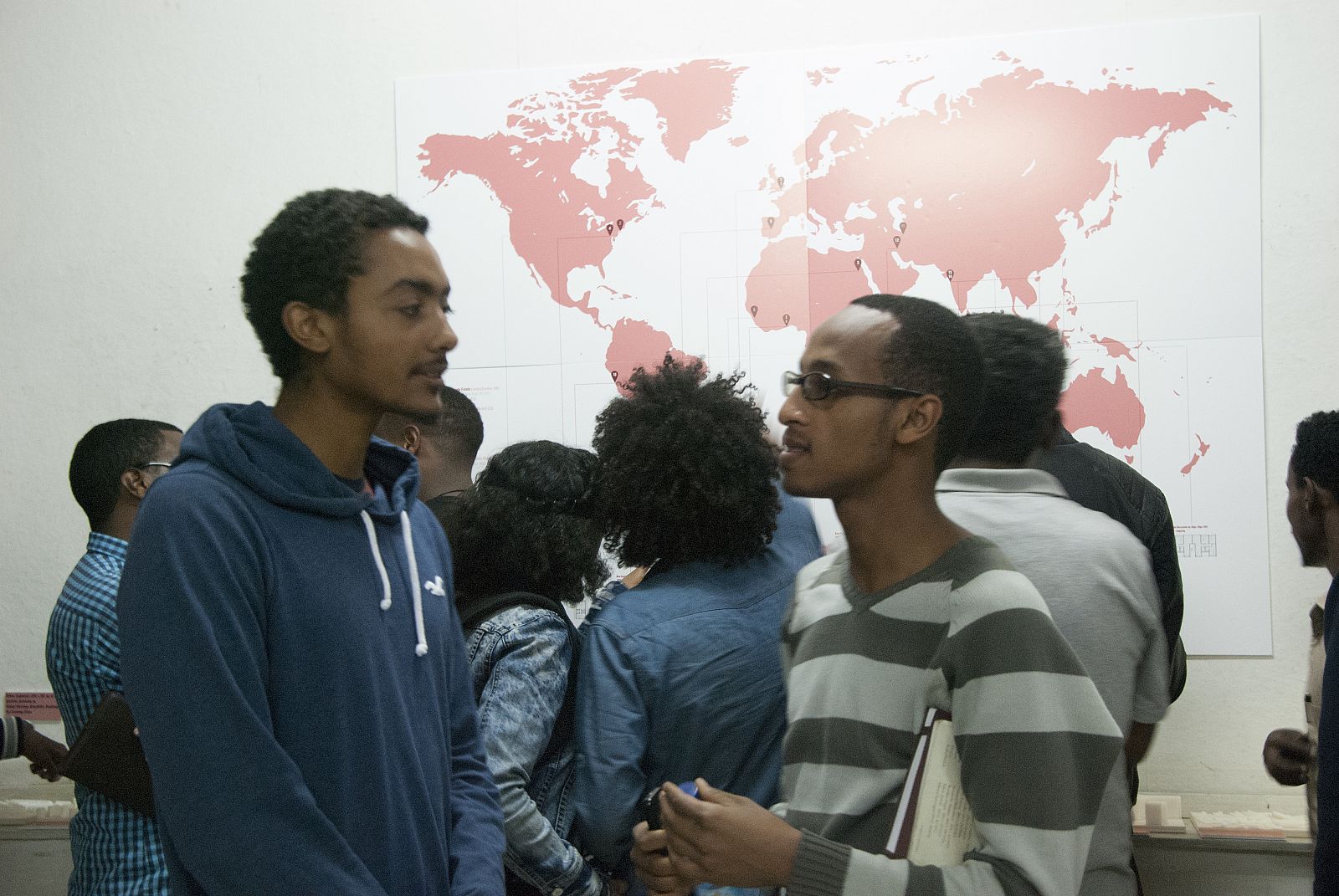
Photo: © Frederique van Andel
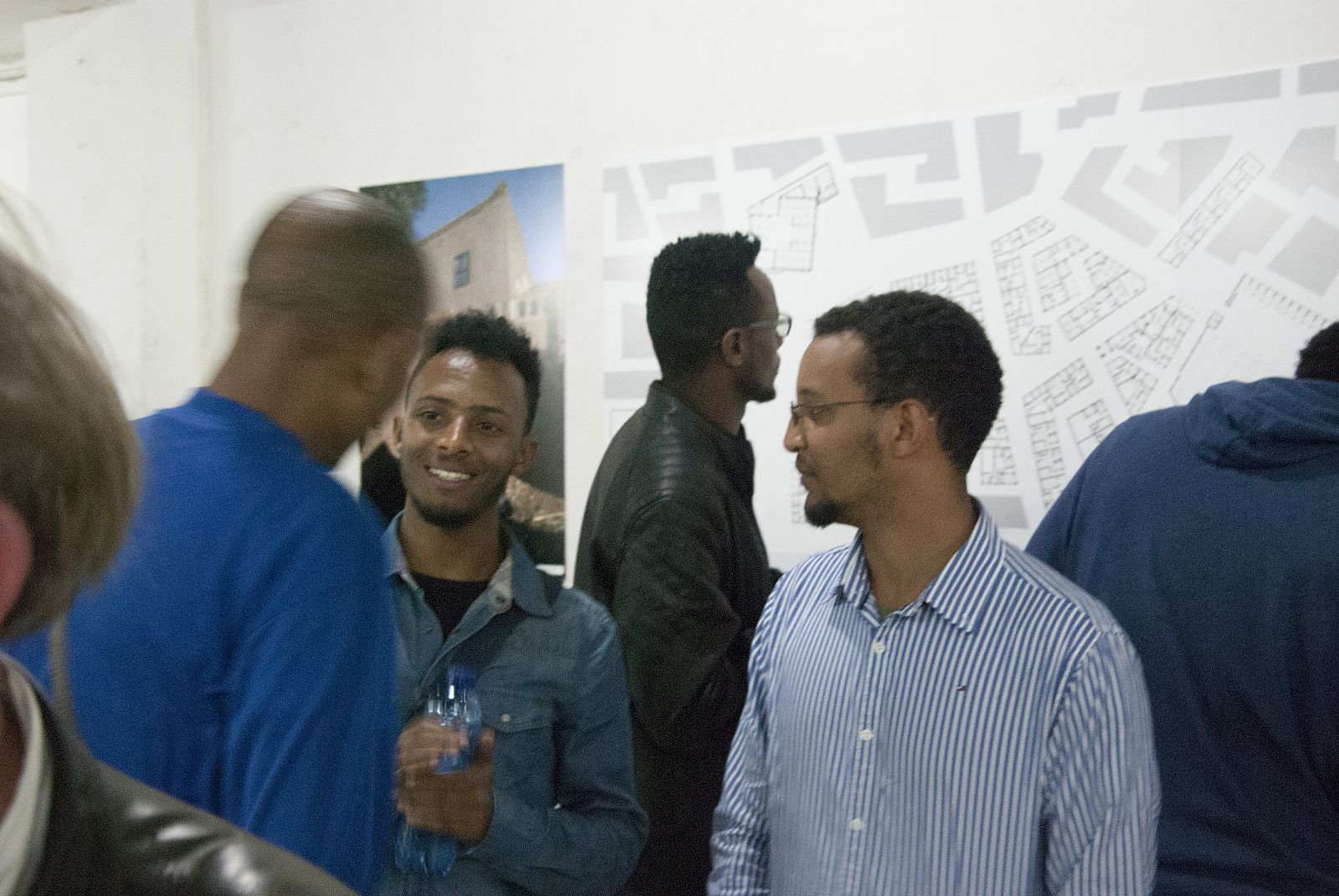
Photo: © Frederique van Andel
